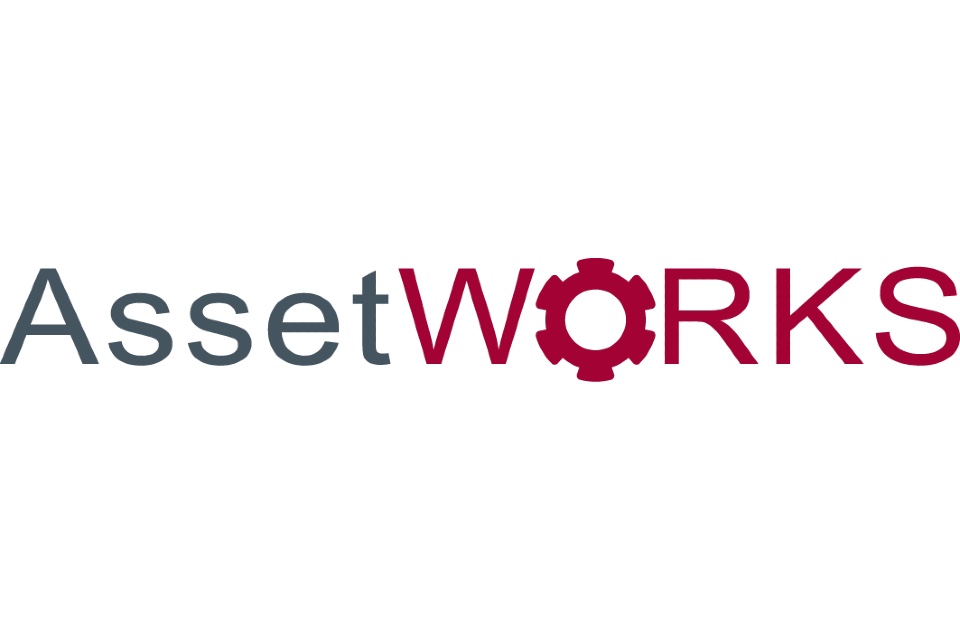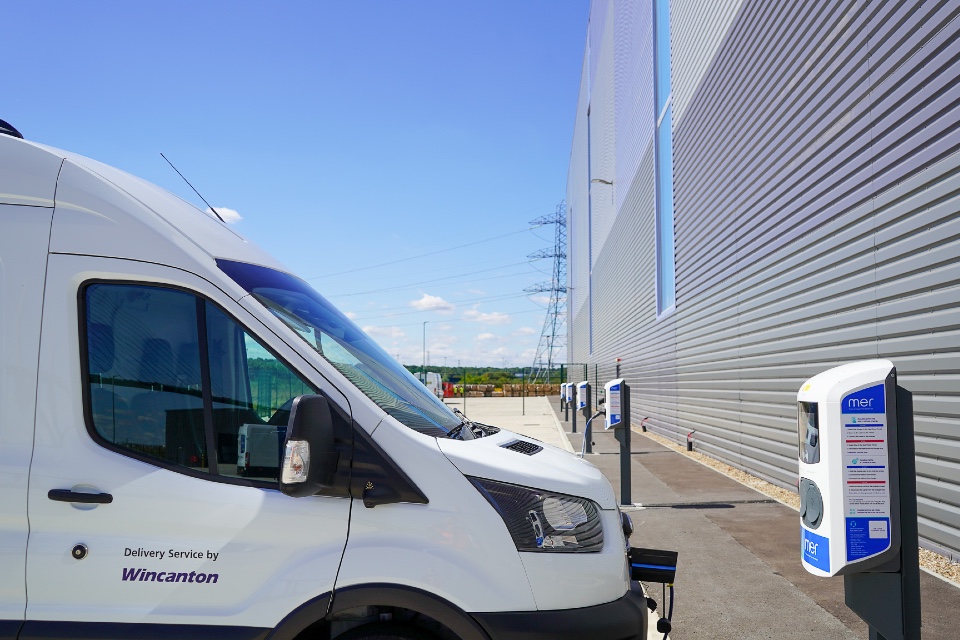The main objective of a planned preventive maintenance (PM) schedule is to improve the overall safety and performance of your fleet vehicles.
Some fleet organisations today are wary of implementing a new PM program. Instead, they focus on reactive maintenance procedures. With reactive maintenance, most maintenance tasks are only performed after the vehicle or asset has failed. While it might seem like reactive maintenance is cheaper than preventive maintenance, it actually is more costly in the long-run.
In addition to improving the safety of your fleet operations, a set preventive maintenance schedule has many other benefits, including:
Reduced costs: While regular preventive maintenance may seem costly, responding to maintenance reactively typically costs fleet organisations more over the long-term.
Decreased vehicle downtime: One of the more obvious benefits of PM scheduling is reduced vehicle downtime. When your PM schedule is optimised, you can ensure that your vehicles are on the road, instead of sitting in the work shop for extended periods of time.
Improved fuel savings: It’s true– an effective PM plan can save you money on petrol! When fleet vehicles are properly maintained and running optimally, their fuel efficiency increases. Examples of PM work that improve fuel efficiency include: changing air filters, receiving regular oil changes (with the correct oil) and even cleaning out your vehicle.
For many fleet organisations today, PM schedules make a significant impact on the bottom line and overall efficiency. Paired with an effective fleet management software system, preventive maintenance can help your organisation succeed both on and off the road.









